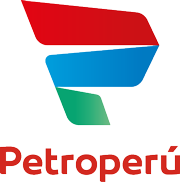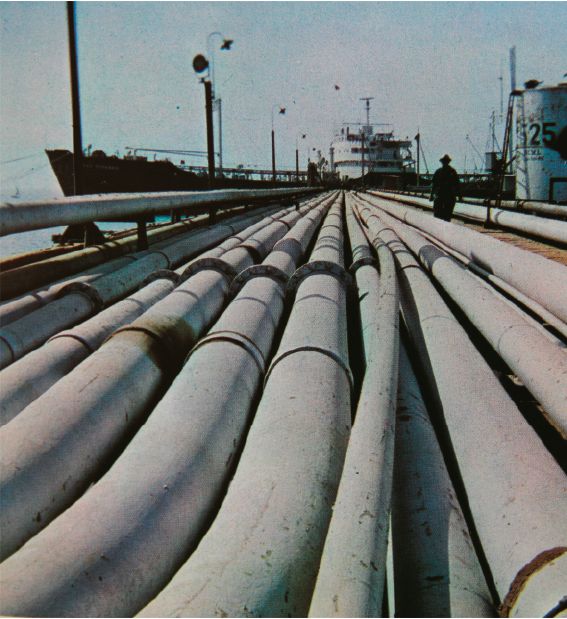Hydrocarbon production
A well, when it has been drilled and piped to the area with oil, is ready to start producing. If the natural pressure of the gas is high, the oil is quickly propelled from the bottom and up the pipeline.
In order to regulate, without loss, the outflow of oil from the wells, a valve system called ‘Christmas tree’ has been created. However, in many fields, additional measures must be taken to get the well into or out of production by lowering a relatively small diameter production pipe (between five and ten centimeters) to the bottom to control the outflow of oil or gas.
When the pressure of the well is not sufficient for the oil to rise to the surface, the production and artificial lifting systems are also used. Among these, the most common is mechanical pumping, easily recognizable on the surface by the presence of the pumping unit. Other pumping systems are also used in the country, such as the electrocentrifuge, the pneumatic (gas lift) and the hydraulic.
From the well oil is transported, by means of pipes, to special apparatuses, in which gas and water are separated. From the separators, pipes (gas pipes) lead the fluid to different sites for use as fuel or for further treatment. Other pipelines carry the liquid to the storage tanks from where it will be shipped to its destination, either a refinery or a shipping port.
Occasionally groundwater contributes to the expulsion of oil to the surface, but it is common for the pressure to push oil into the well to gradually decrease and production to drop to the point where the well produces no more, leaving appreciable amounts of oil in the ground without recovering. In these cases, it helps to recover more oil by injecting gas, water or other fluids into the reservoir.
The largest accumulation of hydrocarbons discovered in Peru is the Camisea gas fields, whose exploitation has been going on for some years. This area has proven reserves on the order of 2.2 billion barrels of oil, which is about seven times the current oil reserves in the country.
The main means of transporting oil from one point to another is through pipelines. They are generally pipes from fifteen to one hundred centimeters in diameter, which can reach hundreds of kilometers in length. Along them there are pump stations that propel the oil to refineries or deposits.
Not only crude oil is transported in this way to large centers of consumption, as various products from refineries and natural gas produced in oil fields are transferred in a similar way.
In our country, it is worth highlighting the North Peruvian Pipeline, which, in its 856 kilometers of travel through thick jungles, flooded terrain and inhospitable sand, goes back to the Andes to take the oil from the Marañón Basin to the Bayóvar maritime terminal. This pipeline constitutes one of the most remarkable engineering works of its kind.


